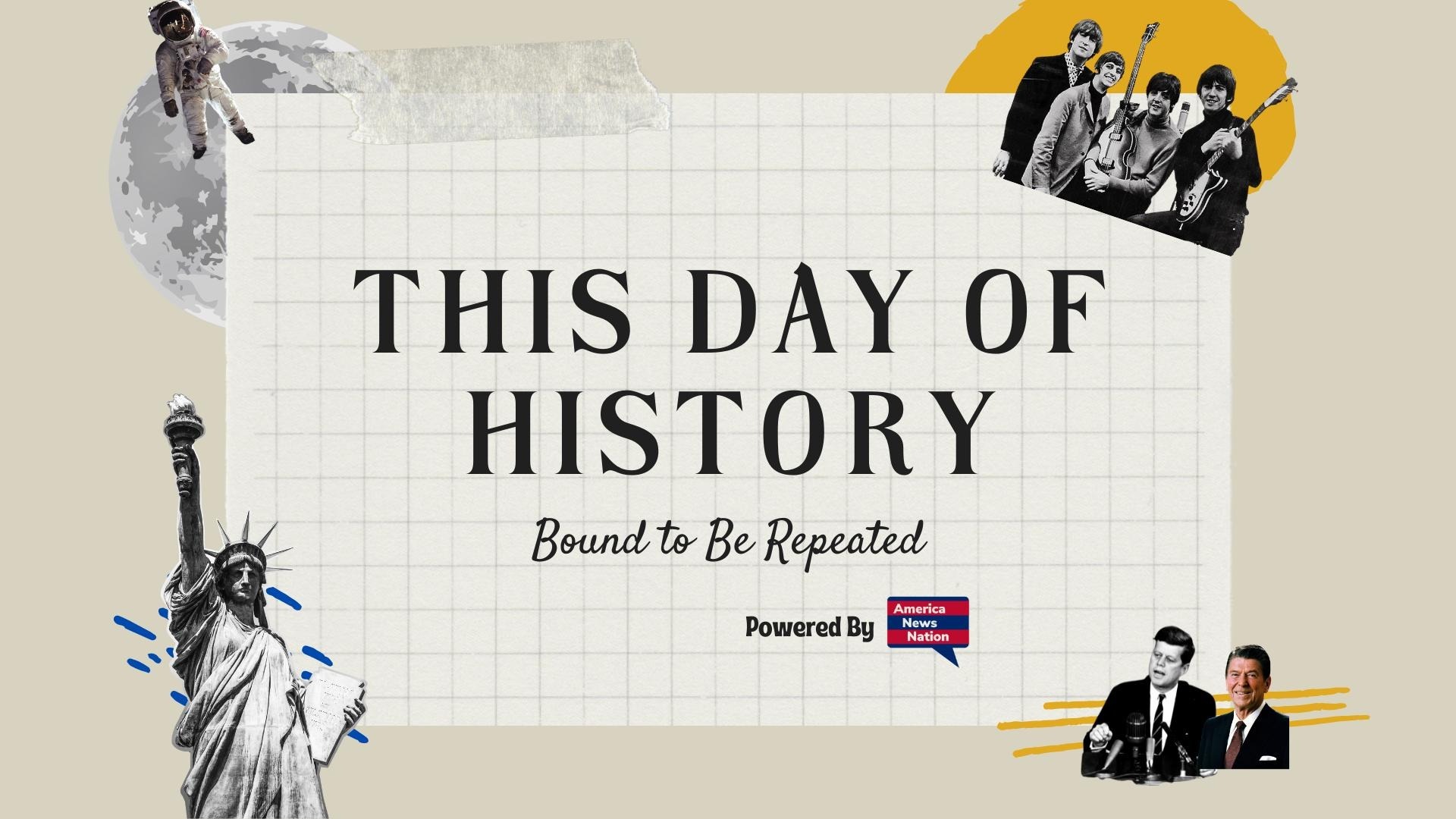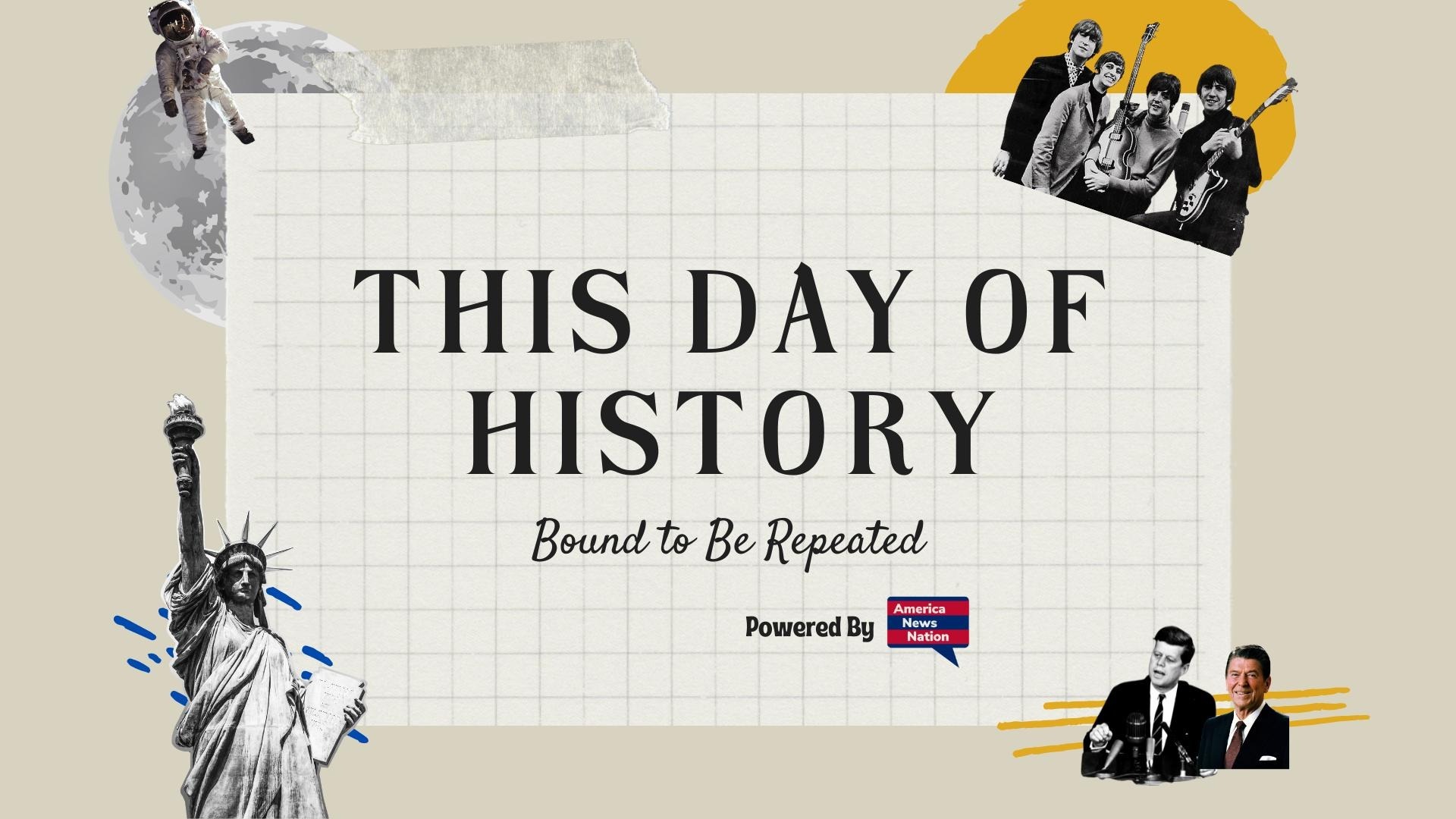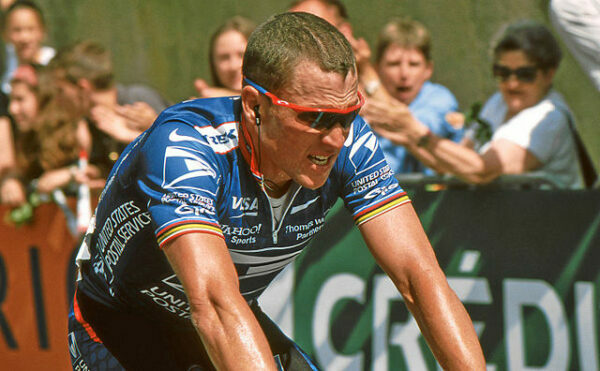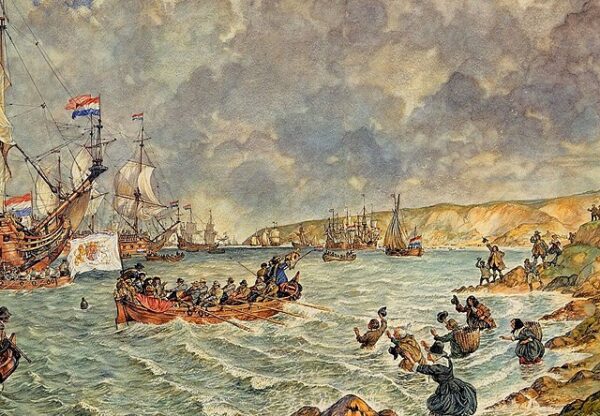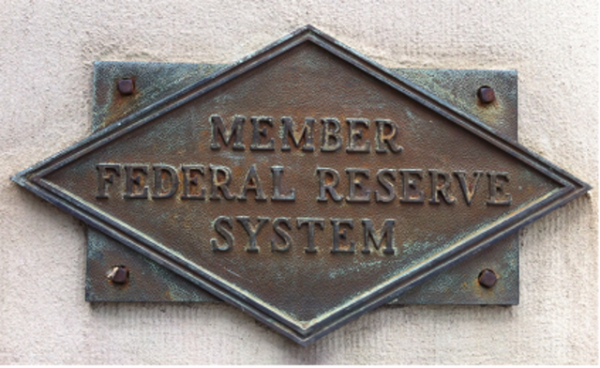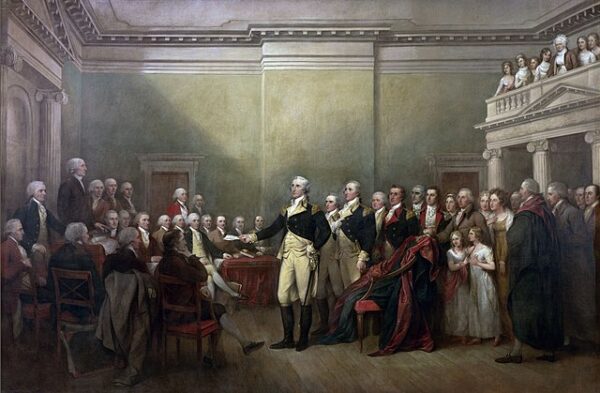For over a decade, Lance Armstrong had stood as the most celebrated name in cycling—a symbol of grit, endurance, and improbable redemption. A cancer survivor who conquered the sport’s most punishing race seven consecutive times between 1999 and 2005, Armstrong was hailed as an icon of perseverance. Yet on October 22, 2012, the Union Cycliste Internationale (UCI) made it official: Armstrong was stripped of all seven Tour de France titles and banned from professional cycling for life. The ruling confirmed what had long been whispered through pelotons and pressrooms—that his story of triumph was built on deceit.
The decision came just days after the U.S. Anti-Doping Agency (USADA) released its exhaustive report detailing Armstrong’s role in what it called “the most sophisticated, professionalized, and successful doping program that sport has ever seen.” Spanning over 1,000 pages, the report compiled sworn testimony from 26 witnesses, including 11 former teammates, as well as financial records, blood analyses, and communications that collectively exposed a culture of corruption within Armstrong’s U.S. Postal Service and Discovery Channel teams. USADA’s evidence revealed an elaborate system of performance-enhancing drug (PED) use—EPO, testosterone, corticosteroids, blood transfusions—all managed with meticulous precision to evade detection.
At first, Armstrong’s response was defiant. He had long denied the allegations, dismissing his accusers as bitter rivals and opportunists. His legal team had argued that USADA had no jurisdiction over him, as he had already retired from cycling. Yet when he chose not to contest the charges formally, USADA imposed a lifetime ban and recommended that the UCI erase his record. The governing body’s president, Pat McQuaid, confirmed the decision on that October morning in Geneva. “Lance Armstrong has no place in cycling,” McQuaid declared. “He deserves to be forgotten.”
The consequences were immediate and devastating. Major sponsors—Nike, Anheuser-Busch, Trek, Oakley, and others—severed ties within days, and Armstrong resigned as chairman of his cancer charity, Livestrong, to shield it from the fallout. The once-inspirational yellow wristbands, which had raised more than $470 million for cancer research, suddenly became symbols of betrayal. “I’m disappointed, but I’m not surprised,” said longtime sports journalist David Walsh, whose years of investigative reporting had helped expose Armstrong’s doping. “The truth was always there—it just took the world too long to see it.”
The Armstrong scandal reverberated far beyond cycling. For fans, it forced a reckoning with the uneasy marriage between modern sports and pharmacological advantage. For governing bodies, it underscored the inadequacy of testing systems in an era when doping science often outpaced detection. And for fellow riders—many of whom had themselves used banned substances—it shattered the illusion that one man had defied biology through willpower alone. “We all played the same game,” former teammate Tyler Hamilton admitted in his own tell-all account. “The only difference was that Lance played it better.”
When Armstrong finally confessed publicly in a 2013 interview with Oprah Winfrey, he did so with a calm, almost clinical detachment. “Yes,” he said when asked if he had doped in all seven Tour victories. “I viewed it as part of the job.” The admission marked the end of a saga that had once inspired millions, transforming the hero into perhaps the most infamous cheat in sports history.
And yet, for all the disgrace, Armstrong’s legacy remains complex. Many still credit him for his charitable work and for reshaping cancer awareness in the early 2000s. Others argue his ruthlessness and deceit damaged cycling beyond repair. The Tours he won remain officially vacant—no replacements were named, a silent acknowledgment that the entire era was tainted. “There was no clean winner,” McQuaid said bluntly. “That’s the tragedy.”
In the years since, Armstrong has sought a form of personal rehabilitation, competing in triathlons, launching podcasts, and admitting that his downfall was both deserved and self-inflicted. “I didn’t invent doping,” he reflected in 2019. “But I didn’t stop it either. And I paid the price.”
October 22, 2012, thus stands as a day of reckoning—not just for a man, but for an entire generation of sport enthralled by myth. Armstrong’s fall revealed the fragility of modern heroism, the ease with which glory can curdle into disgrace, and the enduring truth that even legends cannot outride the past.
